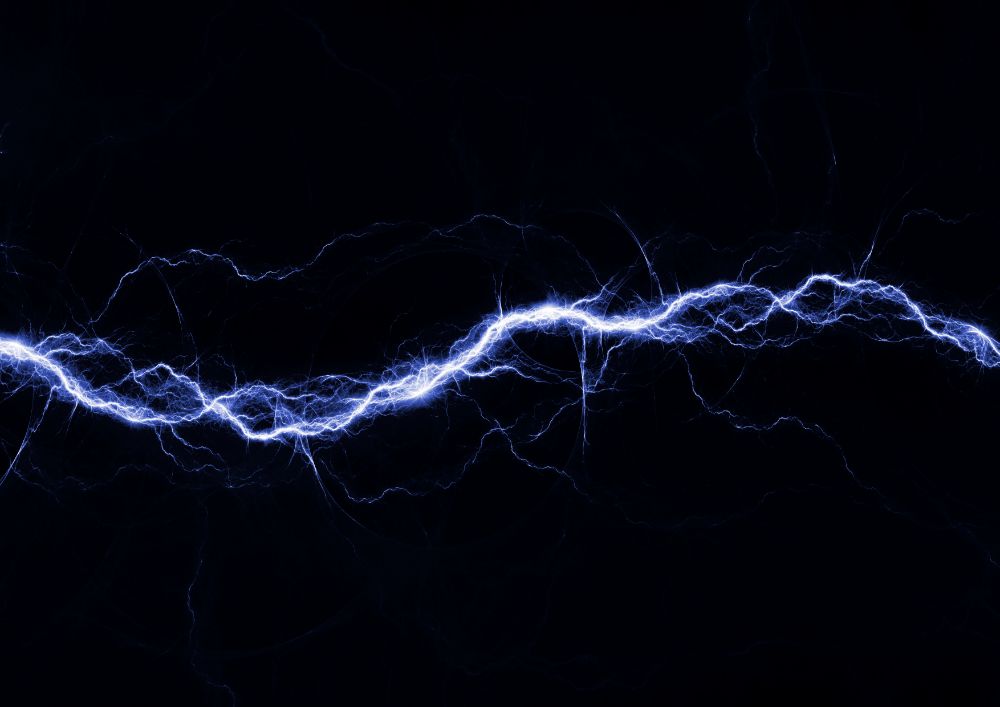
Hollywood has done a fantastic job of making us believe that electricity has no place in routine healthcare treatments. Between images of Frankenstein being brought to life by a lightning bolt and psychiatric patients being treated with electric shock therapy, we just feel like electricity is something to be avoided. But did you know that it is the primary mechanism behind spinal cord stimulation?
It’s true. Spinal cord stimulation is a minimally invasive procedure that helps to relieve chronic pain by way of electrical impulses delivered by a small device implanted in the body. It is a procedure sometimes recommended for back pain by the pain medicine doctors at Texas-based Lone Star Pain Medicine.
A Typical Recommendation
Lone Star doctors and their counterparts across the country tend to recommend spinal cord stimulation to relieve chronic pain. In most cases, it is recommended because other treatments haven’t worked. Doctors suggest spinal cord stimulation to help relieve back, neck, arm, and leg pain.
It is considered invasive because an incision and device implantation are necessary. But it’s minimally invasive in the sense that you are not talking about major surgery where a patient is lying on the operating table for hours on end.
Most doctors recommend trying spinal cord stimulation with an external device before following through with a permanent implant. The external device is temporarily attached to the skin with medical tape. If the treatment works, a permanent implant can be placed under the skin.
How the Therapy Works
Lone Star doctors explain that spinal cord stimulation is rooted in the concept of preventing pain signals from reaching the brain. This is possible for the simple fact that pain, in and of itself, is not an actual biological process. It is a perception. So if you can stop the brain from receiving the signals that induce the perception, you can either mitigate or eliminate the pain experience altogether.
A typical spinal cord stimulation scenario involves a full medical examination to locate the source of pain. The doctor might utilize a variety of different treatments to figure out pain source. Once it is located, a test procedure can be performed.
In terms of permanent placement, a small electrical device is implanted under the skin. Its two electrodes are directed more deeply into the tissue in order that they might deliver electrical impulses directly to the spine. Those impulses block pain signals. Most patients report a slightly pleasant tingling experience at the site where the electrodes are delivering electricity.
Signals Can Be Modulated
Modern spinal cord stimulators are advanced enough to allow signal modulation. With either a remote-control device or the patient cell phone, a spinal cord stimulator can be adjusted in terms of frequency, intensity, and the actual pattern of the impulses. The benefits of this sort of thing should be obvious.
Signal modulation allows the patient to determine how to achieve maximum pain relief at any given time. There may be times when stronger signals are required. There may be other times when the signals need to be more frequent. Patients can control their devices as their pain experiences dictate.
Safe and Effective
Spinal cord stimulation is a safe and effective treatment that has been around for a long time. If you have experienced chronic pain in your back, shoulders, etc., and traditional treatments have not worked for you, you might want to ask your pain doctor about spinal cord stimulation.
You and your doctor can determine whether it will work with a temporary, external device. If it does work, you can talk about implanting a permanent device.
